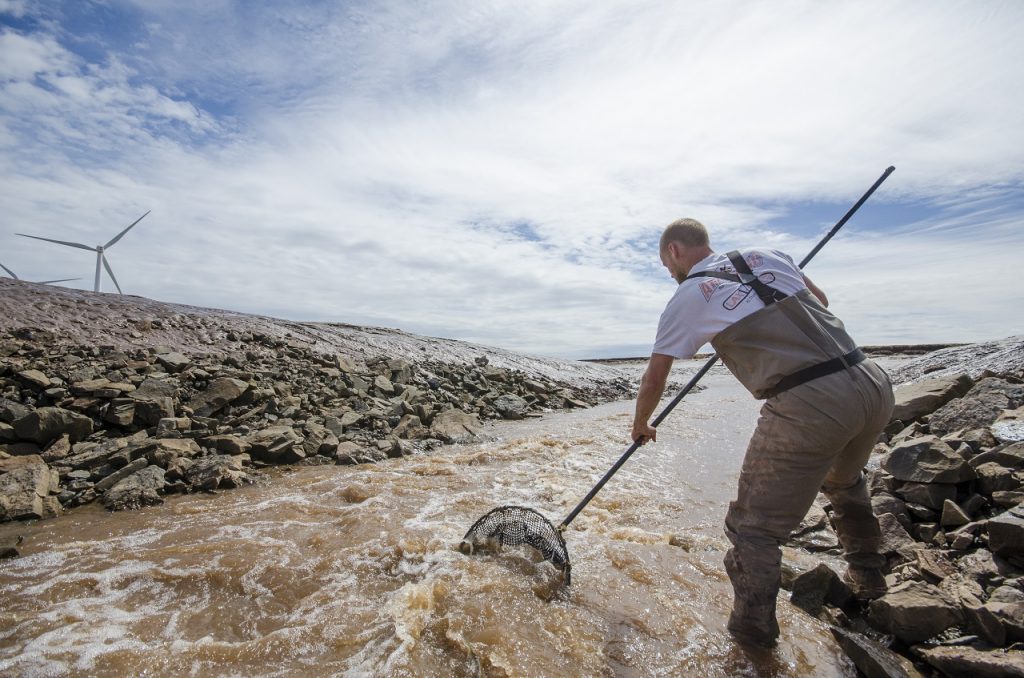Reel conservation
DUC projects and research are giving native fish species a fin-up

From coast to coast, DUC is engaged in exciting research and on-the-ground work that is helping conserve wetlands for waterfowl, for wildlife, and for you.
However, did you know this work also includes fisheries?
Through partnerships with provincial and federal governments, conservation agencies, private landowners, and industry, DUC scientists and conservation specialists are improving conditions for native fish.
This work includes: managing invasive species that threaten habitat, building innovative fishways that provide access to spawning grounds, helping restore degraded sites, and more.
These measures are rooted in science and a keen awareness of the important role native fish species play in maintaining healthy and functioning ecosystems.
Why is this work important? University of Prince Edward Island (UPEI) Fisheries Biology PhD candidate Sean Landsman says it best when he states: “If you don’t have healthy native fish populations within a water system, you disrupt the nutrient cycle and that has effects on a multitude of creatures.” UPEI is a partnered with DUC, on the Atlantic Fishway Initiative, which aims to determine the effectiveness of fish ladders in the Maritimes.

© DUC/Sean Landsman Photography
And so, at the tail end of Rivers to Oceans Week, we’re sharing fishy stories, stunning images, interactive multimedia, and captivating video that highlight how science, innovation, and partnerships allow us to safeguard important habitat for Canada’s native fish species.
Catch all the content on our Fisheries microsite.



